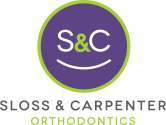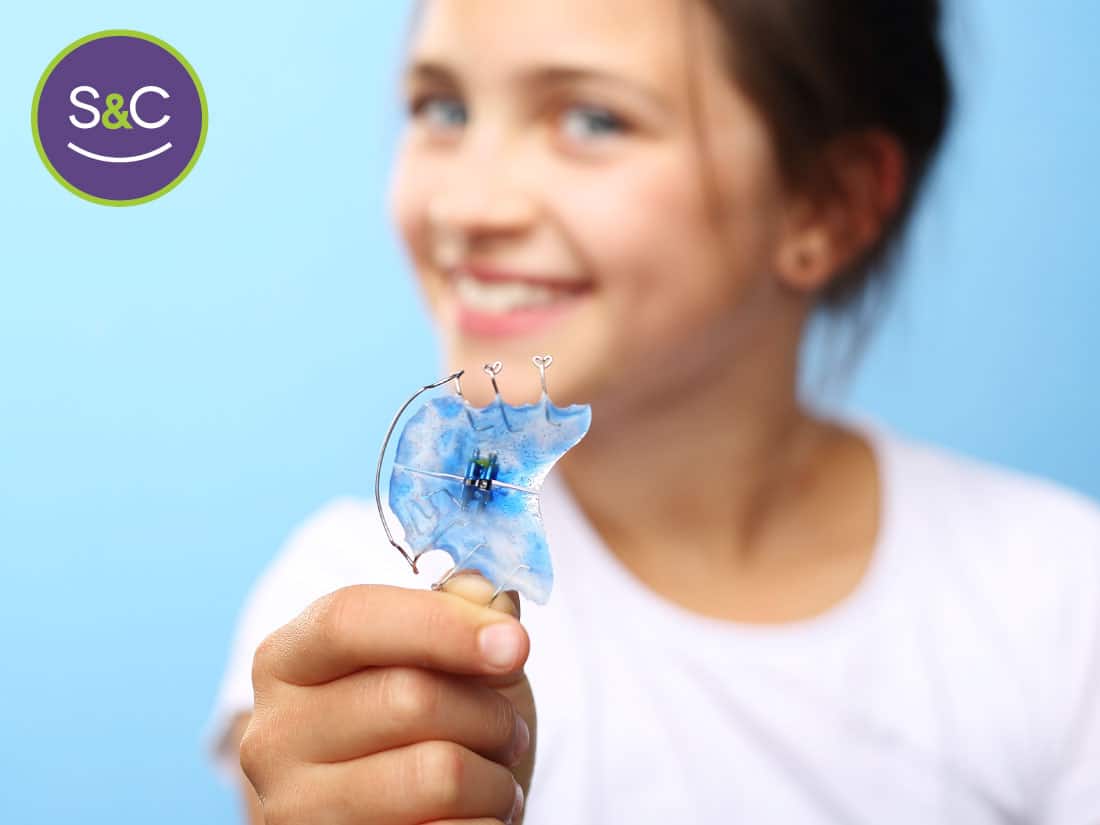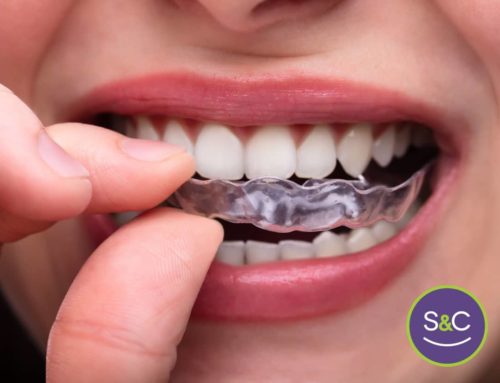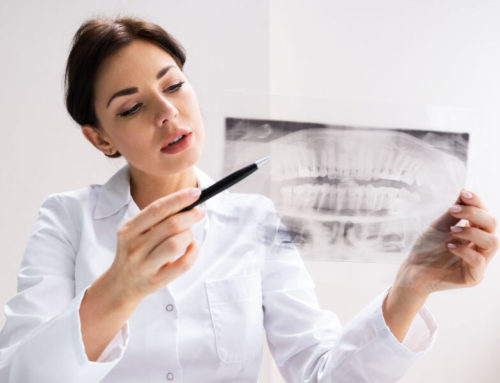Let’s keep it real; You might or might not have heard the word “biomechanics.” But, even if you have heard it before, it refers to combining two science areas included in the orthodontic discipline
The science behind teeth alignment refers to the knowledge of how biological human tissue functions. Based on this awareness, it applies controlled force to teeth and jaws to accommodate them to enhance their functionality.
We know this seems like quantum physics, but it translates to knowing the appropriate levels of strain a tooth can endure moving to a different position (displacement) according to a coordinated orthodontic plan.
For instance, when a specialist installs braces on a patient, she exerts pressure by adjusting the wires. However, a tooth has a structure that sits on the jaw bone. By intuition, moving two hard tissue structures would produce breaking friction that could damage the teeth.
However, between rigid structures, there is a thin layer of soft tissue named periodontal ligament that nurtures the tooth, allows mechanical flexibility, and, most importantly, regenerates as the tooth displaces from one place to another during treatment.
But, as in many other aspects of life, we need specific devices to push or pull a stagnant body and move it. In orthodontic biomechanics, a vast array of devices do the job.
Therefore, this article addresses some of the appliances orthodontists use to make dazzling smiles and how they classify so you know the importance of orthodontics in shaping patients’ dental and facial structures.
What Are the Different Types of Orthodontic Appliances?
Orthodontics generally utilizes different resources to enhance the functionality of patients’ smiles. However, we can characterize appliances in two sets of groups according to some differences in functional appliances and orthodontic braces.
Functional Orthodontic Appliances
Most of us associate orthodontics with braces and clear aligners. Still, orthodontics comprises, in some cases, treatments that include surgery, early interceptive treatment, and the use of “functional appliances.”
By definition, functional appliances help severe misalignments by using biological forces like those of muscular movements to improve jaw alignment mechanically.
The main characteristic of functional appliances is that they work on accommodating the jaw, and their effectiveness is enhanced when the jaw is developing, like in the case of early interceptive treatment.
According to the different types of problems, orthodontists recommend different sets of appliances as we see next:
Orthodontic Braces and Clear Aligners
Most of us have some familiarity with conventional braces, and lately, Invisalign has been at the forefront of orthodontic treatment with its technological innovations.
However, their most critical distinction with functional appliances is that braces might act primarily by exerting direct force on teeth.
What Are Functional Appliances in Orthodontics?
Based on the previous characterization, we define the most common appliances used by orthodontists:
Orthognathic Surgery
Centennial Orthognathic surgery seeks to correct anomalies related to the maxillary and mandible bones and teeth. The surgery directly affects the facial structure and jaw functionality, allowing patients improvements in chewing, talking, sleeping, and other everyday activities.
Technologically advanced materials include titanium for “plates” and “screws” affixed to the jaw, for instance, to enlarge it in some cases or provide predictability and firmness to the treatment procedure, which also helps reduce post-surgical recovery.
We recommend orthognathic surgery for severe and defined cases in which your specialist can’t make corrections with orthodontic braces or clear alignment devices.
Two-Phased Early Interceptive Treatment.
A two-phased intervention refers to the early identification of orthodontic problems and guiding the jaw’s growth and teeth development for an effective treatment during the teenage years.
In short, Two-phased Early Interceptive Treatment helps prevent a traumatic corrective experience later by guiding appropriate growth and development. The American Association of Orthodontists recommends the first evaluation at age seven. At this age, in some cases, kids might need to use some of the following functional appliances:
Bionator
The Bionator is a removable appliance designed to move the lower jaw forward. This means the front teeth are set apart to the front further than average, causing a malocclusion named overjet.
The Bionator uses a wire to stay on the rear part of the upper front teeth and has an inclination that moves lower teeth forward at the bite. The re-positioning produces changes in the jaw’s skeletal and muscular shape for better symmetric alignment.
Twin Block Appliance
The functionality of the Twin Block Appliance is similar to the Bionator. However, some patients might find it more comfortable because it has two pieces held on teeth with flexible wires.
The two parts of the appliance meet when biting, and the inclination of the surfaces forces the lower jaw to displace to the front. In many cases, the patient can remove the appliance, and, depending on the patient’s needs, an orthodontist might fixate the apparatus for twenty-four hours.
Herbst Appliance
A Herbst appliance is a device an orthodontist attaches to the upper and lower molars that are in the rear part of the mouth. An attachment that looks like a shock absorber (spring) connects with the attachment in the lower molars.
When a patient bites, the spring activates a motion that moves the lower jaw forward. On average, a Herbst appliance produces relatively fast results with treatments during one year.
Palatal Expander
An orthodontist might use a palate expander to grow the jaw (maxillary expansion appliance) to make room for sprouting teeth and to avoid unwanted extractions or crowded teeth.
As we mentioned earlier, there are many different types of functional appliances like the nance appliance, quad-helix appliance, and reverse-pull headgear, they are all dental appliances an orthodontist might use to complete the first phase of treatment for mandibular growth and maxillary accommodation.
What Are Orthodontic Braces and Clear Aligners?
Centennial Orthodontic braces and clear alignment devices are orthodontic appliances that solve common dental problems that, in most cases, don’t require early intervention and are part of the second phase of early orthodontics.
In short, braces exert gentle pressure to align teeth into the correct position. Functional appliances shift teeth and align the jaws with the natural force of muscle action that occurs while the patient speaks, chews, and swallows, and mostly solve upper front teeth protrusions.
Conventional Metal Braces
Traditional braces are the most popular and effective orthodontic device systems that help solve different malocclusion levels and types. Metal braces, by their material, help sustain appropriate strain levels and durability, and depending on the treatment, they might need extra complements like rubber bands. Thanks to the evolution in dental mechanics, metal braces are now more comfortable than ever.
Clarity Ceramic Braces
The most evident characteristic of Clarity Clear Braces is the aesthetics factor with translucent bracket options that blend in with the patient’s natural teeth color. Compared to other systems, the main feature is that Clarity Ceramic Braces don’t stain, adopting an undesirable yellowish color.
The small and resistant brackets also have a door that camouflages the metal wire, giving the patients a brighter smile. All the mentioned characteristics come together with stable strength, ease, and patient comfort.
Invisalign Clear Aligners
Invisalign is the most recognized orthodontic system available worldwide. These orthodontic appliances are snuggly and comfortable, an aesthetically sound option for their almost invisible appearance, can help practice good dental hygiene, and, most importantly, a highly efficient system that uses custom-made trays.
Orthodontic Care, Treatment, Surgery, and Emergencies
At Sloss & Carpenter Orthodontics in Centennial, CO, we strive to provide a complete orthodontic experience for orthodontic patients of all ages. So, schedule an appointment, and Dr. Sloss will kindly answer all your questions and address your doubts so you can smile confidently.





